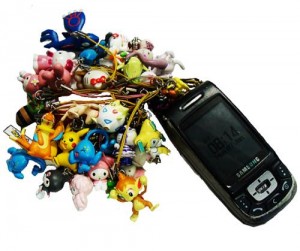About the Interviewed: Max is a twenty year old college student at Pasadena City College studying Architecture and Fashion Design. His ethnic background is remotely Swedish, though his family has been in America for a couple generations.
I talked to my friend Max about pop beliefs and superstitions around popular video games he’s played.
Max: “I know this one about Pokemon. It’s actually pretty well known.”
I asked him to elaborate.
Max: “Pokemon is a video game where players have to catch these magical creatures. You wanna catch as many as possible. The actual science behind catching each one is actually kind-of crazy. It depends on the power level of the thing you’re trying to catch, how strong you are, what pokeball you use, etcetera.”
“When I was a little kid, me and all my friends believed that there were secret ways to hack the game, like you could change the results so that you always got your catch. Things like that.”
“The rumor was something like, when you’re in battle with a Pokemon you want to catch, you have to hold down both the “down” button, and the “B” buttons at the same time on the controllers. The funny thing is, it didn’t make a difference at all. It was all in our minds. But everyone I knew did it anyway.”
I asked Max where he felt the beliefs originated from.
Max: “I don’t know. It was just that Pokemon was so popular. My friends were doing the down B thing, so I sort of did it too.”
“It doesn’t help that Pokemon games were really hard.”
Summary:
A popular belief persists among American juvenile players of the video game “Pokemon”, that monsters are easier to catch if you hold down both the “Down” and “B” buttons. There is no evidence of the trick actually working, but the belief is widespread.
The “down-B” trick that Max informed of me seems to be a tradition observed in American children who played the Pokemon games growing up. I’d actually be interested to know if other cultures had similar luck granting gifts when playing games with large luck-based elements such as Pokemon. It seems similar to the tradition of “blowing on your dice” for good luck.

